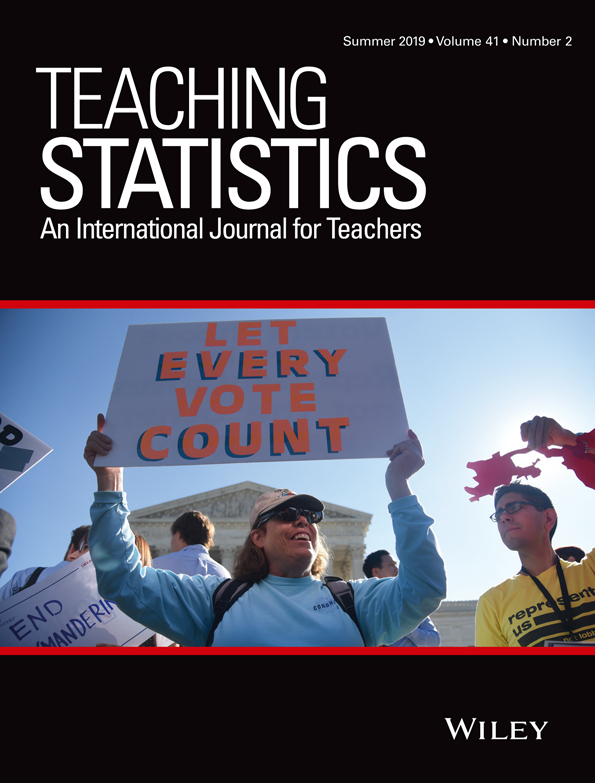Calculated democracy—Explorations in gerrymandering
Summary
This paper describes a lesson centered around a metric for measuring partisan gerrymandering: the efficiency gap. We situate the efficiency gap in the current US political climate, describe the activity itself, and then provide recommendations for readers interested in adapting the lesson for their own classrooms.




